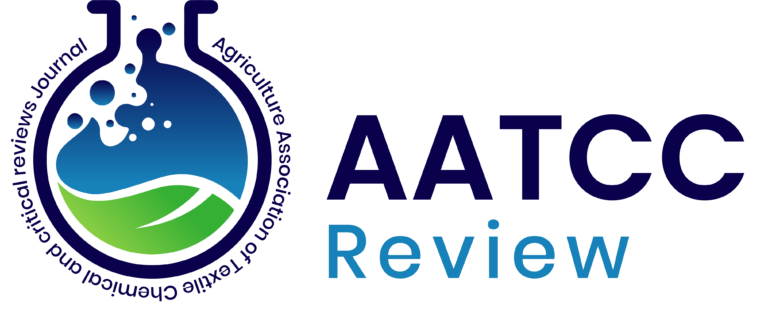Integrated nutrient management obsequios for enhancing productivity of mustard- pearl millet cropping system under semi-arid region of Hisar
Corresponding Author: Malik.shweta54@gmail.com
Abstract
Agricultural soil is at serious risk from nutrient mining because there is a large gap between fertilizer input and the extraction of nutrients. A field experiment was conducted during kharif 2020 to Rabi 2020-21, under mustard- pearl millet cropping sequence at Hisar to evaluate the impact of different NPK alone or in combination with FYM on crop productivity. There were fourteen treatments viz., T1- control, T2-100% PK, T3-100% NPK, T4-150% NPK, T5-100% NPK+S @20 kg/ha, T6-100% NPK+Zn @25 kg/ha, T7-100% NPK+B @10 kg/ha , T8-100% NPK+FYM @2.5 kg t/ha, T9-100% NP, T10-100% NK, T11-100% NPK+S @40 kg/ha, T12-100% NPK+S @60 kg/ha, T13-100% NPK+FYM @5.0 kg t/ha, T14-100% NPK+S@20 kg/ha + Zn @25 Kg/ha +FYM @2.5 kg t/ha. Each treatment was replicated thrice in a randomized block design. There was a significant improvement in seed yield over control with an increase in NPK up to 150% RDF (117, 121, 141 and 172% at 100% NK, 100% NP, 100% NPK & 150% NPK, respectively) in the nutrient management practices under long-term mustard based cropping sequence (mustard-pearl millet).It is concluded that over ten years of pearl millet–mustard cropping system, the treatment receiving organic manure along with an optimal dose of chemical fertilizer provided the highest yield of both crops and improved soil fertility. Application of nutrients, both organic and inorganic, maintains the soil fertility status and also maintains crop production in the mustard-pearl millet cropping system.
PDF: View / Download
